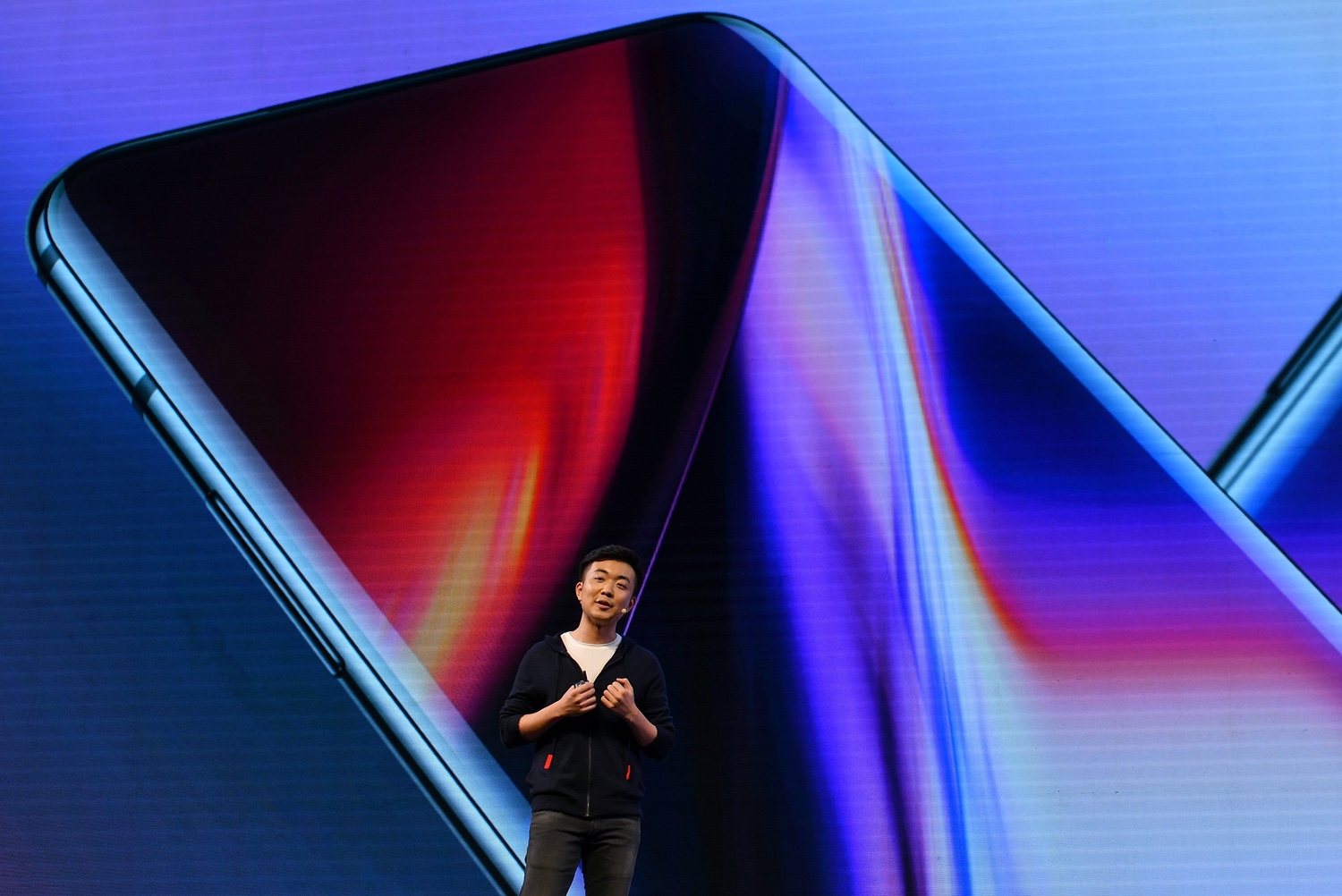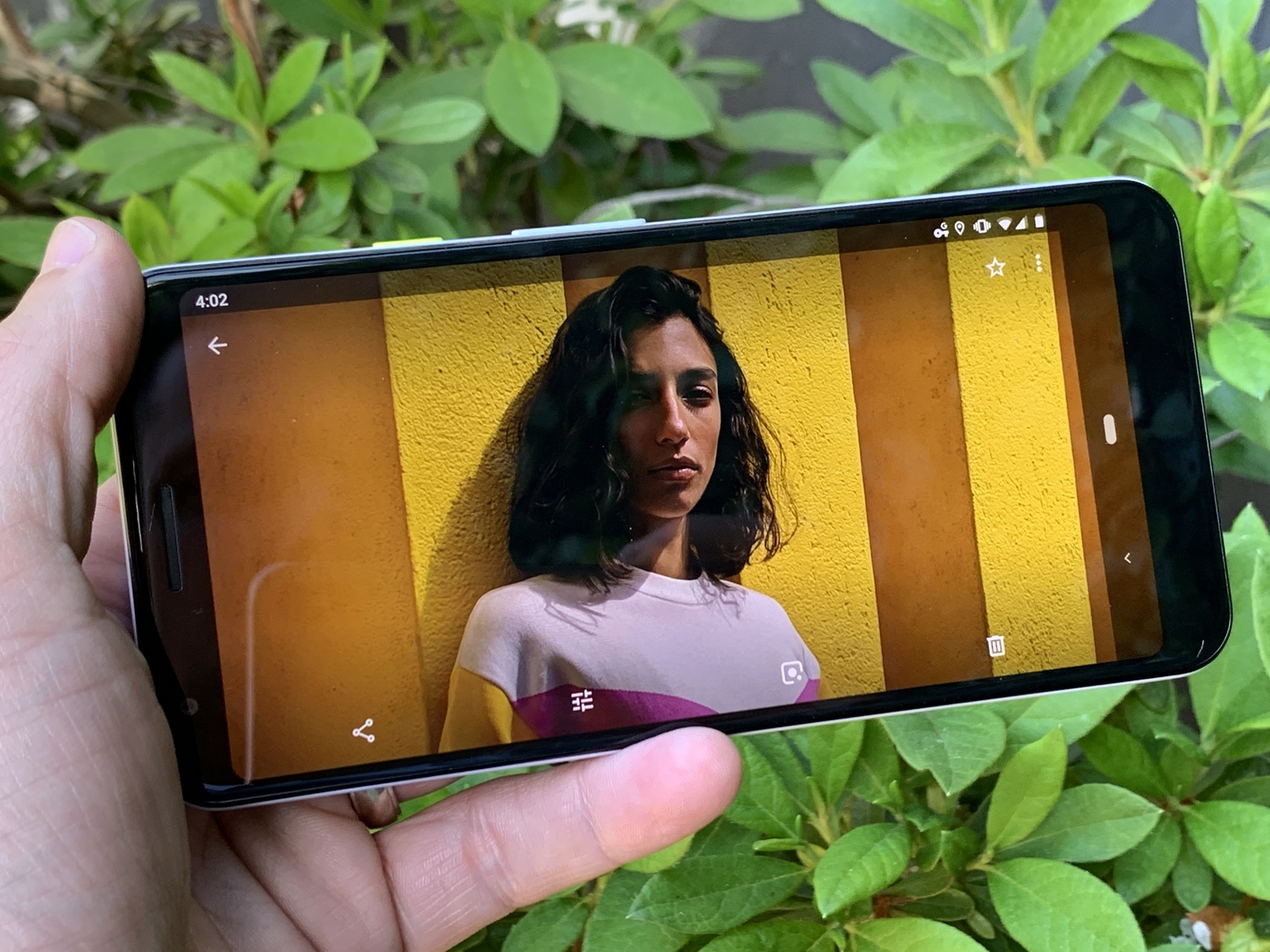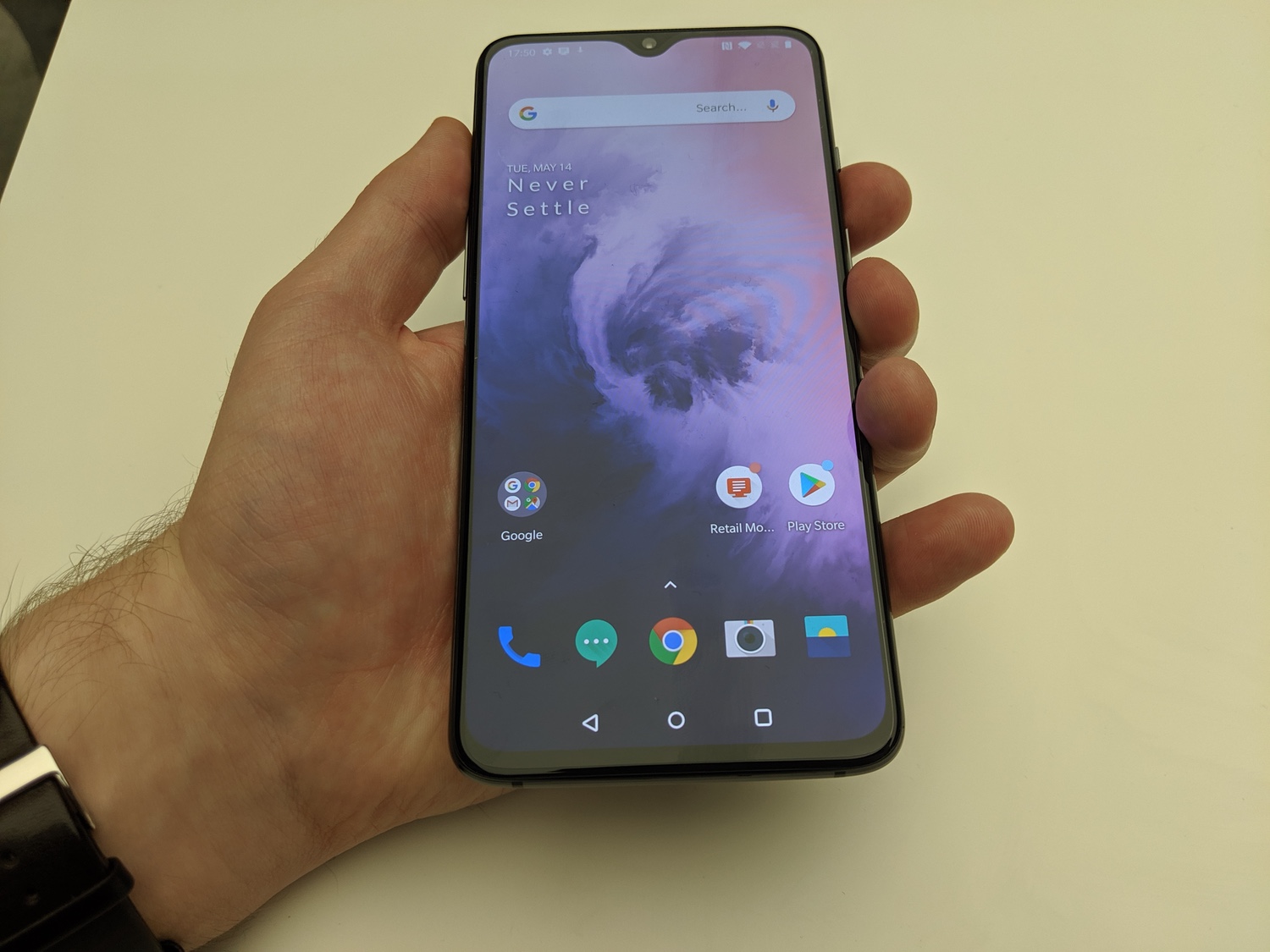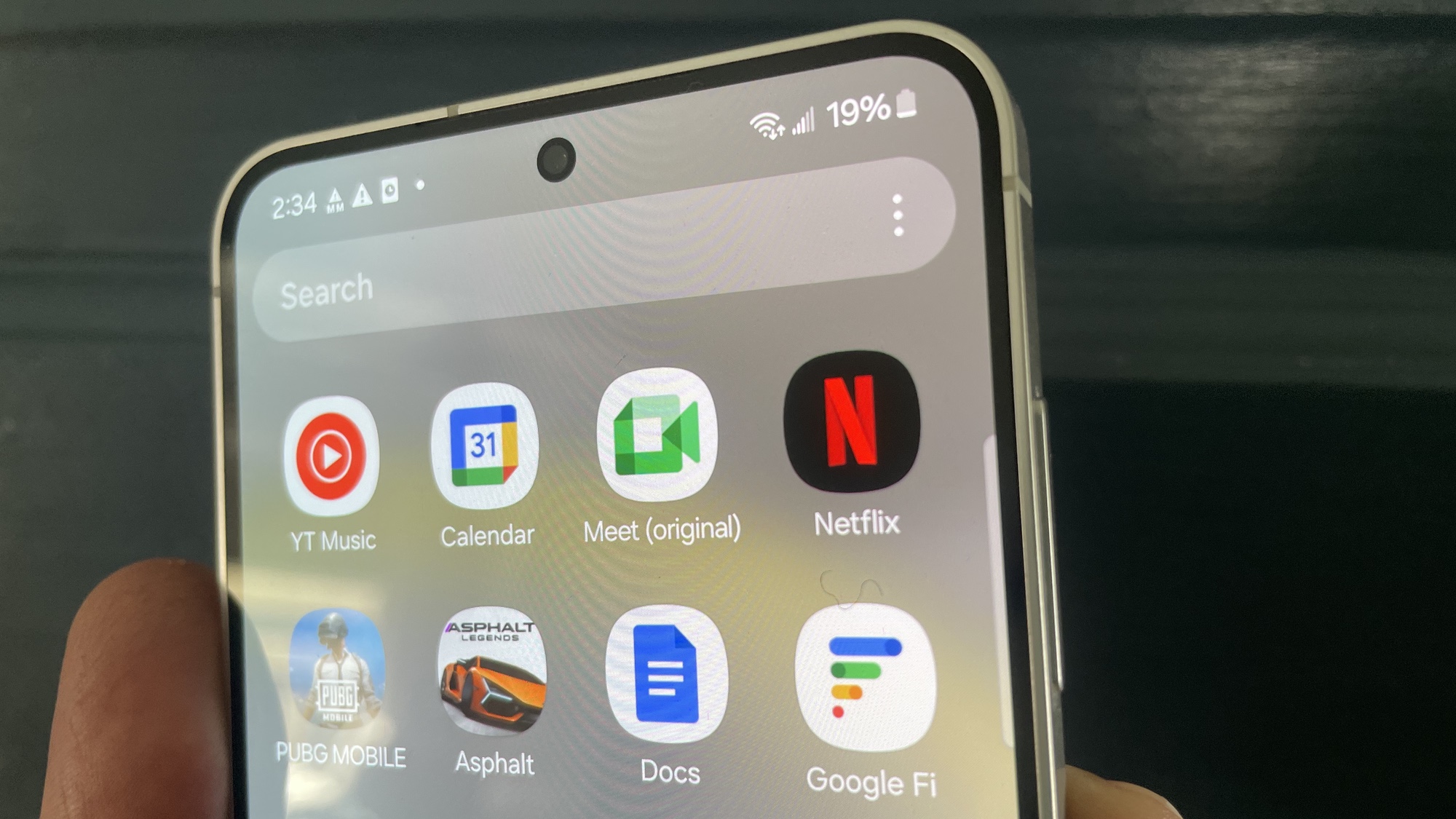With OnePlus 7 Pro, OnePlus Is Leaving Behind Its Core Customers
The OnePlus 7 Pro is an impressive phone. But as the most expensive OnePlus handset yet, the upstart phone maker is leaving some users behind.
The OnePlus 7 Pro, introduced this week at a splashy press event, looks like a top-notch smartphone, no matter how you want to judge it. Anyone who's seen the 6.67-inch Fluid AMOLED screen on the OnePlus 7 Pro raves about it.
The cameras, long a sticking point for OnePlus phones, produce great images, thanks to a triple lens setup that augments the main shooter with wide-angle and telephoto lenses. And there's no notch or punch-hole cutout for the front camera — instead, the selfie cam pops up whenever you need to snap a photo or use the phones' face unlock feature.

And yet, despite all these marks in the plus column, something feels like it's missing in OnePlus' phone lineup. As great as the $669 OnePlus 7 Pro is — it’s already landed on our list of best smartphones — it feels like a step away from the very thing that made OnePlus such a formidable rival to bigger name phone makers — a flagship-style smartphone with a price tag hovering around $500.
From midrange to premium-ish
This could be a case where OnePlus is a victim of its own past success. For years, the phone maker earned a reputation for packing premium features into devices with price tags that seriously undercut the competition. Every generation of OnePlus phone has introduced a slight uptick in price, but in the case of the OnePlus 7 Pro, it's the highest starting price the company has ever charged.
"Some price-oriented OnePlus buyers are definitely getting left behind as OnePlus moved into the $500 to $600 range, and now nearly $700," said Avi Greengart, lead analyst for Techsponential. "But flagship pricing has been rising, too."
That's undeniably true. Ever since the iPhone X arrived in 2018, Apple's full-featured iPhones have started at $999. The latest Galaxy S models are in that range, too, with the Galaxy S10 starting at $899 and the S10 Plus matching the $999 price that the big-screen Galaxy Note 9 debuted at last summer. Even the entry-level phones from Apple and Samsung — the $749 iPhone XR and $749 Galaxy S10e — cost as much as the most expensive OnePlus 7 Pro model, which boasts 12GB of RAM and 256GB of storage capacity.
"Compared to today's $800 to $1,200 flagships, the $669 to $749 OnePlus 7 Pro offers a significant discount," Greengart said.
OnePlus 7 Pro vs. Pixel 3a
But if we need to consider the context of what high-end smartphones are going for these days, we should look at the other end of the market, too. And the OnePlus 7 Pro has the misfortune of coming out a week after Google's Pixel 3a, a $399 phone that, like the OnePlus devices of old, hones in on a few premium features while holding a line on the overall price.

No one's going to argue that the Pixel 3a is much of a match for the OnePlus 7 Pro. The display on Google's midrange phone looks pedestrian, even before you stack up against the immersive screen on the new OnePlus handset. Google also settled for a Snapdragon 670 chipset for its 3a lineup — a decent performer but one that lacks the oomph of the Snapdragon 855 processor powering the OnePlus 7 Pro.
And yet, in two areas that matter — cameras and battery life – the less expensive Pixel 3a holds its own against the OnePlus 7 Pro. Google's phone may just have a single rear lens to the three cameras on the OnePlus 7 Pro, but the Pixel 3a is powered by Google's prowess with computational photography and artificial intelligence, so the images captured by that lone lens stack up well against photos shot by more expensive smartphones.
The Pixel 3a also bests the OnePlus 7 Pro in battery life, lasting nearly 12 hours on our battery test. The latest OnePlus phone held out for a ho-hum 9 hours and 31 minutes.
Again, the total package of features offered by the OnePlus 7 Pro are going to make it the better value for most smartphone shoppers. But if your primary concerns are whether your phone can take great pictures and go a long time between charges, the Pixel 3a and its sub-$400 price tag look much more appealing.
What about the OnePlus 7?
The thing is, OnePlus has a lower-cost option for smartphones buyers looking for good-enough features if it means paying less for their handset. You didn't hear much about it during Tuesday's press event, but OnePlus also is coming out with a lower-spec model, the OnePlus 7. Alas, it's not set for a U.S. launch, instead coming to the U.K. in June.

The OnePlus 7 lacks the powerhouse features found in the Pro model. There's no smooth 90 Mhz refresh rate on its display, it makes do with two cameras instead of three, and it lacks the OnePlus 7 Pro's Warp Charge 30 fast-charging feature (though the OnePlus 7 still charges plenty fast relative to many other phones). But you will find other premium features, such as the Snapdragon 855 chipset and support for faster UFS 3.0 read/write speeds, along with the same software features that support the 7 Pro's camera. More importantly, the OnePlus 7 is going to cost U.K. shoppers £499, in line with what U.S. shoppers have paid for the OnePlus 6T once you adjust for local currency.
Speaking of the U.S., we won't have the option of trying out the OnePlus 7. Instead, OnePlus is keeping the OnePlus 6T, knocking the price of the 8GB model down to $549. The 6T is a fine phone, but it's powered by last year's top-of-the-line Snapdragon, and its cameras are just OK. That may appeal to some budget-minded smartphone users, but it does feel like OnePlus is asking you to either pay up for the OnePlus 7 Pro or settle for second best.
Greengart doesn't agree with me that OnePlus made a mistake by not bringing the OnePlus 7 to this country. "But I don't think that the OnePlus 6T price cut is low enough to compete with Google's Pixel 3a or LG's G-series phones that frequently go on sale," he added.
Bottom Line
OnePlus had some ambitious goals with the OnePlus 7 Pro, and more impressively, the company delivered on them with a device that delivers some very high-end features while still maintaining an affordable price relative to comparable devices. But it's hard to shake the feeling that in doing so, OnePlus took its eye off one of the things that helped build its reputation — and that's a ground competitors like Google seem eager to seize.
Image Credits: Tom's Guide
Sign up to get the BEST of Tom's Guide direct to your inbox.
Get instant access to breaking news, the hottest reviews, great deals and helpful tips.
Philip Michaels is a Managing Editor at Tom's Guide. He's been covering personal technology since 1999 and was in the building when Steve Jobs showed off the iPhone for the first time. He's been evaluating smartphones since that first iPhone debuted in 2007, and he's been following phone carriers and smartphone plans since 2015. He has strong opinions about Apple, the Oakland Athletics, old movies and proper butchery techniques. Follow him at @PhilipMichaels.

